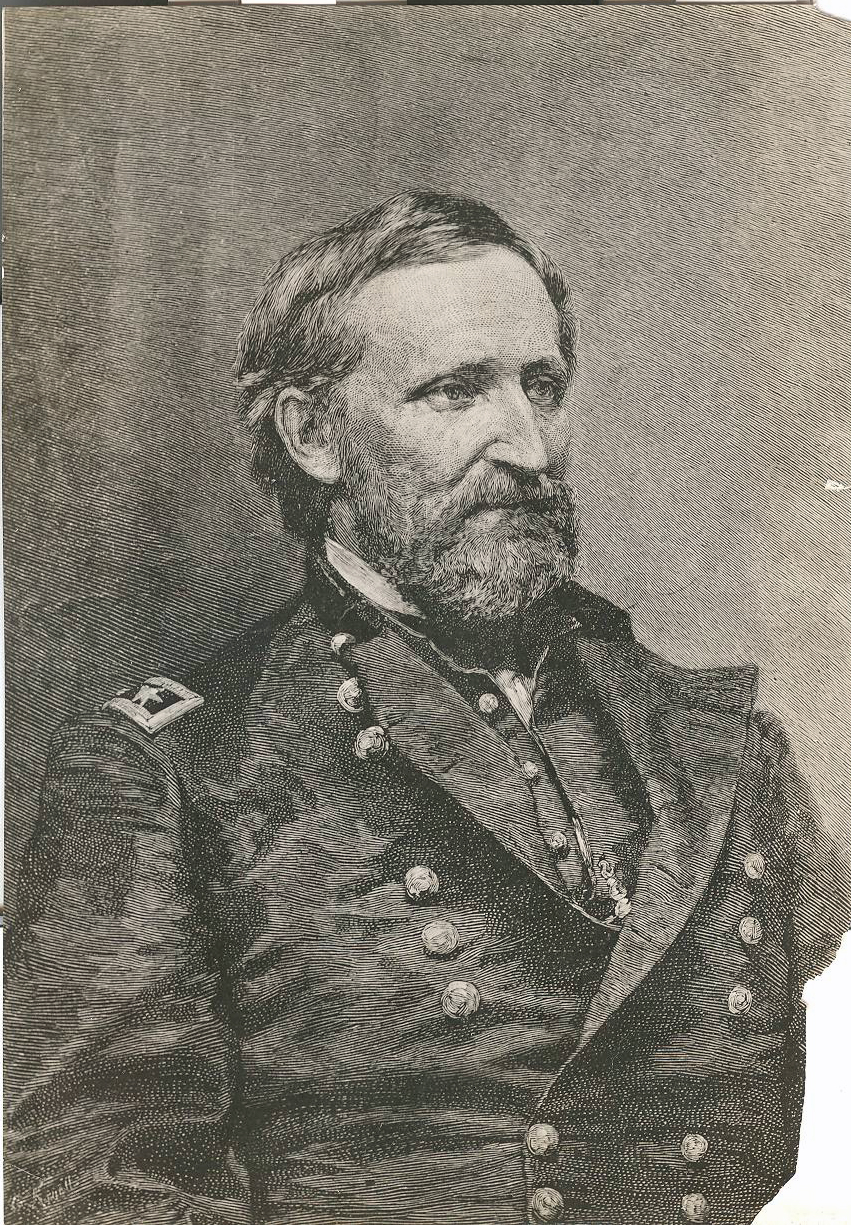|
Rarely did he have a photo taken from this side because of the scars
he sustained when a lamp exploded burning him badly enough his life
was in danger for months.
Following a three month leave of absence from the military for
health reasons, Rosecrans resigned in March 1853, to secure rest and
a civilian career which would support his family. During his
convalescence he was engaged in engineering and architecture.
In June 1855 he found employment as an engineer and superintendent
for Canal River Coal Company, Kanawha County, VA. Upon
Rosecrans' research into apparently exhausted coal mines, the
Virginia legislature set up legal machinery to get out the remaining
coal. Rosecrans was elected President of the New Coal
River-Slack Water Navigation Company. Upon his recommendation
the company hired a "practical" engineer to build a refinery so they
could go into the coal-oil business. Abraham Gesner held the
patents on fractional distillation process. The engineer
Rosecrans had hired produced extravagant estimates so Rosecrans
resigned and began his own experiments. Based on Gesner's
advice, Rosecrans and two partners built a refinery on Columbia
Street in Cincinnati which had a capacity of 500 gallons per day.
This refinery was one of three west of the Alleghenies.
Although he enlarged the plant and added partners during the panic
of 1857, the business was in trouble because they could not produce
the marketable kerosene customers wanted - clear and colorless oil
that would burn without fouling the wick. Rosecrans set out to
find the solution. Even though he took the precaution of
using lamps patented not to break when the experiment went awry a
lamp exploded catching the refinery on fire. William beat out
the flames then walked a mile and a half home. It took 18
months to recover from the burns which left scars on his face.
Many thought this was a smirk so whenever possible he faced the
other way when being photographed. Meanwhile his partners were
not able to carry on as well without him and the business was almost
lost. |
